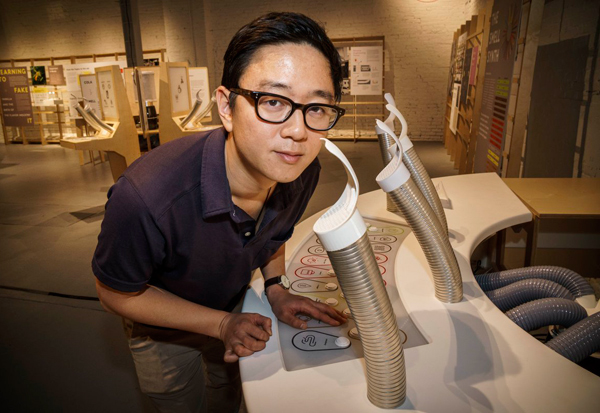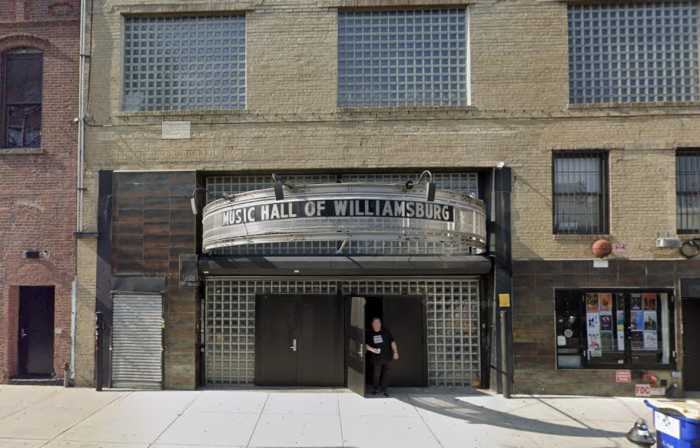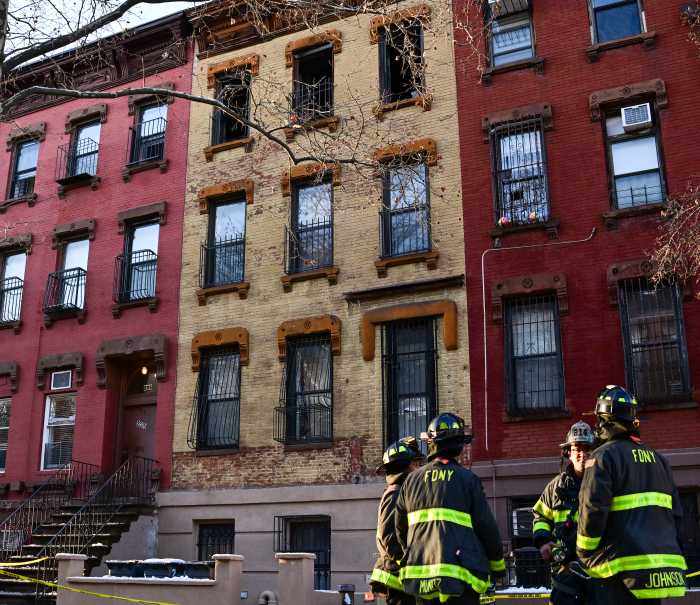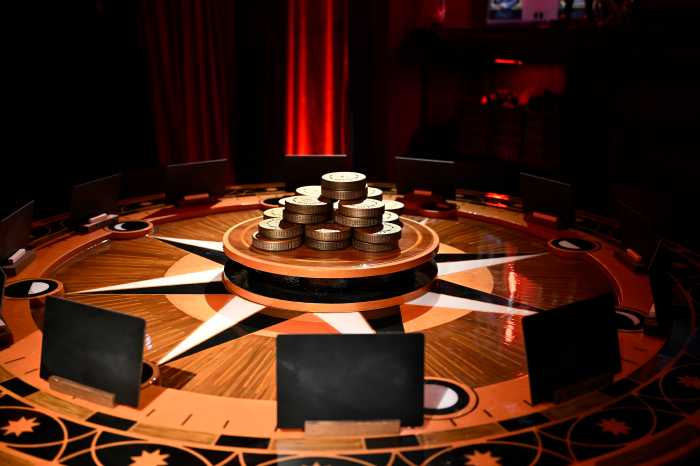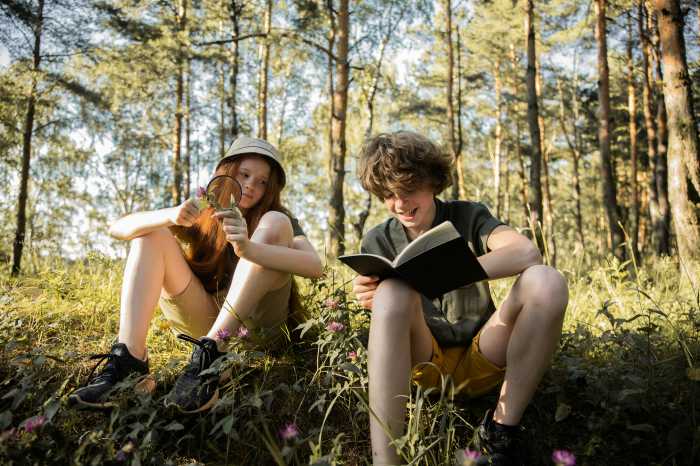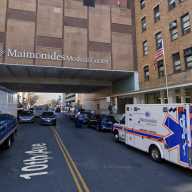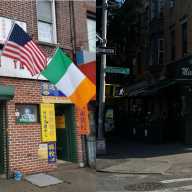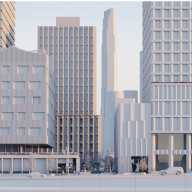Welcome to Flavortown!
The Museum of Food and Drink Lab opened its Williamsburg doors this week with “Flavor: Making It And Faking It,” an exhibit about the so-called real and artificial flavors. Museum organizers want visitors to learn that the difference between “natural” and “artificial” is not necessarily the same as “good” and “bad.”
“We want to challenge people to think about the opinions they have about food, so that armed with this info they can come to their own conclusions,” said executive director Peter Kim. “We’re not making a statement about whether this flavor or that flavor is good or bad, the goal is to feel one way or the other for the right reasons.”The word “chemical” is often applied to ingredients used in cheaply-made, unhealthy foods, but Kim notes that many of those same chemicals give “real” foods their natural flavor.
“You hear ‘We don’t like chemicals in our food.’ That’s not a good reason not to like it. Everything is chemicals,” he said. “We’re trying to get beyond that so we can have real discussions.”
Kim and his team built “smell machines” and candy dispensers full of chemical flavor tablets like citric acid and monosodium glutamate, or MSG, go along with more traditional museum displays that explain the history of artificial flavors.
The Willy Wonka-esque smell machines, covered with arcade-style buttons and smell-dispensing tubes, pump out some of the “natural” and “artificial” chemicals used in everyday food, challenging visitors to guess which is which. For example, one machine pumps out a chemical concoction extracted from Concord grapes, alongside a lab-made, isolated version of the chemical compound that gives the grapes their sweet smell — and which is used in grape Kool-Aid. The two compounds are chemically identical, but the latter must be labelled artificial.Visitors can also create mixes all their own at the “smell synth,” which pumps out 19 different chemicals that smell of cinnamon, orange, popcorn, or vinegar popcorn — or all four at once.
More traditional printed displays teach visitors about the history of the flavor industry and its major discoveries, like vanillin, the key flavor chemical found in the vanilla bean. Had chemists never discovered how to extract vanillin in materials like pine bark, clove oil, and paper pulp, vanilla ice cream might cost as much as caviar.
“Arguably the flavor industry has made many flavors much more accessible,” said Kim. “If you could only get vanillin by growing the plant and extracting it from vanilla beans, then most people wouldn’t know what it tastes like, because its such an expensive process.”
“Making It And Faking It” at the Museum of Food And Drink Lab (62 Bayard Street, between Lorimer Street and Leonard Street in Williamsburg, www.mofad.org) Through Feb. 28; Wed, Sat, Fri, noon–8 pm; Thu, noon–6 pm; Sunday, 10 am–6 pm. $10.



